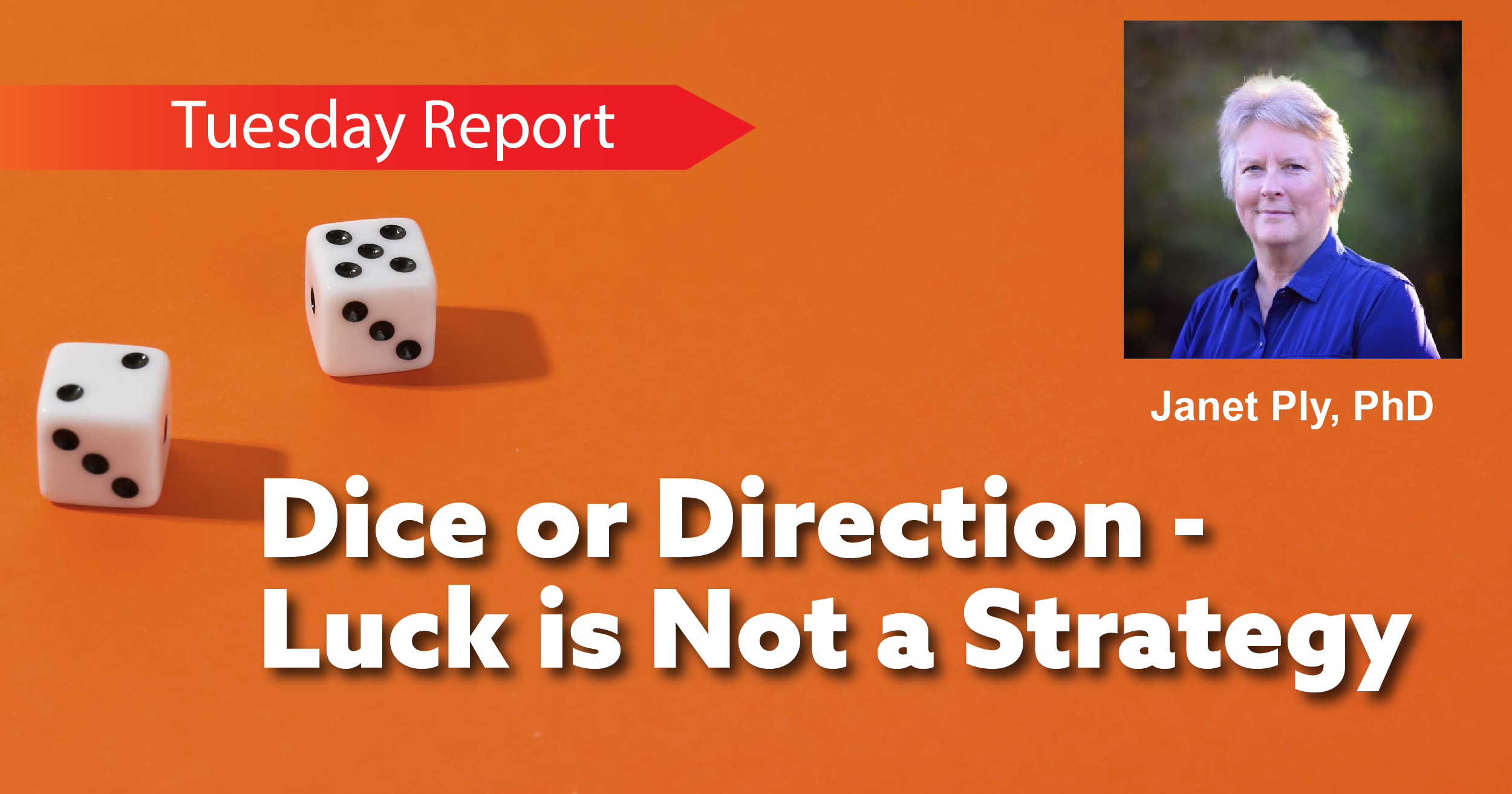Dorothy Drummer is President of Dorothy Drummer and Associates and is a subject matter expert on hiring high performance employees.
Many CEOs have made a bad hire at some point – but if you are wondering about how to insure that you make that bad-hire investment, here are a few tips:
In my 25 years of executive recruiting I have – more than once – been asked to clean up after the departure of a bad hire. Talking through the situation with my client, I can usually spot some indicators as to why it might have gone wrong from the start.
1. “Let’s fill this opening as quickly as possible!”
This can be attractive – why let the HR people slow things down? Get that new person on board as quickly as possible so that the work can move forward!
But no — designing a carefully-reasoned process, and allowing enough time to be sure that when you make your decision you have seen the candidates that will inform your decision properly, is essential.
2. “Don’t bother with a job description — use the one that’s already in the file.”
You want the same skills the previous executive had, don’t you? And you’ll “know it when you see it”– so why delay things for some document?
One of the most important first steps in avoiding a bad hire is to start by defining the position and the skills, experience, and personal profile the ideal candidate should have. That job description that’s in the file is probably a dusty document that someone compiled to sit in the file.
This is the time to involve interested parties, which might include board members, other senior executives, and direct reports – in creating a description that is also a recruiting tool that markets your mission and your corporate culture and encourages qualified candidates to identify with the job and be willing to go through the evaluation and selection process with you.
Be sure you are not looking for someone exactly like the executive who left – or the exact opposite of that person. It’s essential to zero-base the description process, without defining it by previous employees: where is the company now, where do you want it to be in five years, and who can help you get it there?
3. “Don’t wait until there’s a group of candidates – just bring them in as you find them.”
Pulling together a group of qualified candidates, and interviewing them within a short time of one another, will give you the points of comparison you need to reach a clearer and more assured decision.
4. “Don’t waste time scheduling long interviews – I always know in the first five minutes if it’s someone I’m going to hire.”
A job interview is not like anything else. Think of a two-circle Venn diagram: some people interview well, and some people perform well. You always hope that your candidates will be in that overlapping center section that covers both groups; but if they’re not, you want them in the “perform well” group.
You might also be thinking “if they don’t interview well, they won’t present well as my executive.” An interview is nerve-wracking and candidates can get tongue-tied by the very circumstance of trying to present their experience, capability, and personality effectively in a small window of time. If you think it’s someone whose background could be good for you, use referencing to find out what he or she is like in a more normal – though still challenging – work situation.
5. “I’m not sure about making a decision, so I’m going to stall while we look for more candidates.”
It’s true that the absolutely perfect person for your job could still be out there, and given just a few more weeks, you might be able to rope him or her in for an interview…but if you haven’t already found them, how likely is this? And if the ones you’ve already met suspect that you are holding off in the hopes of finding someone better, they are likely to remove themselves from consideration, on the theory of “if they don’t want me, I don’t want them.”
These are just a start – but they happen more often than they should! The financial side alone — including the bad hire’s start up, severance, and the cost of finding a replacement – can easily equal a year’s salary. In addition, there are costs in terms of productivity, employee morale, and your own confidence. Take the time to do it right – and add a valued and valuable member to your team.






